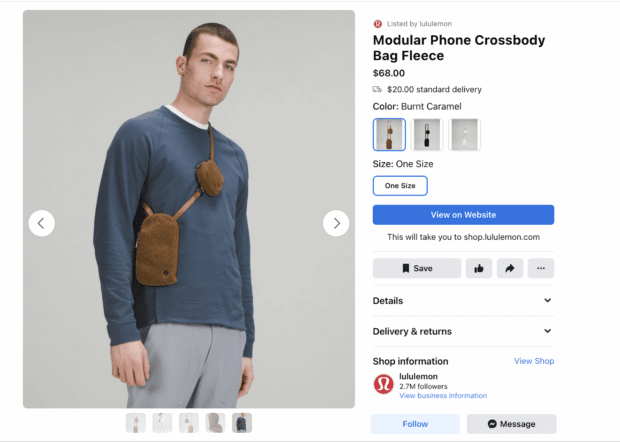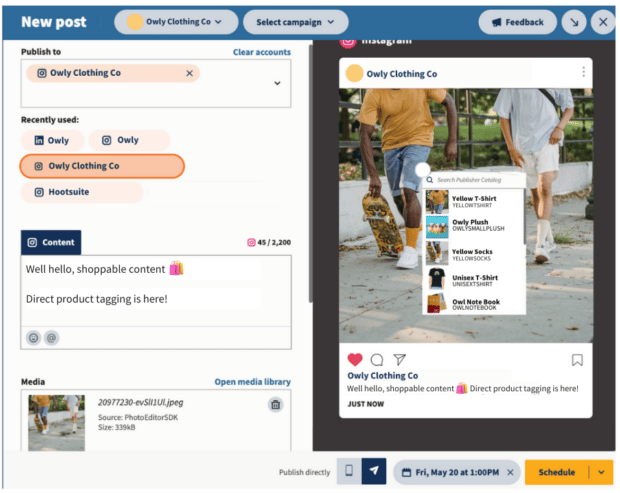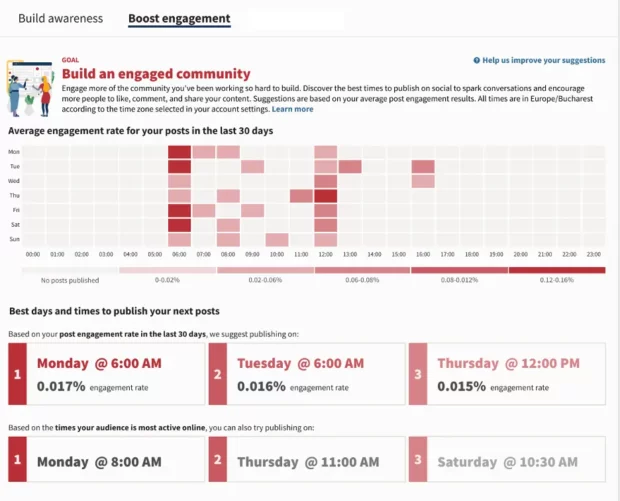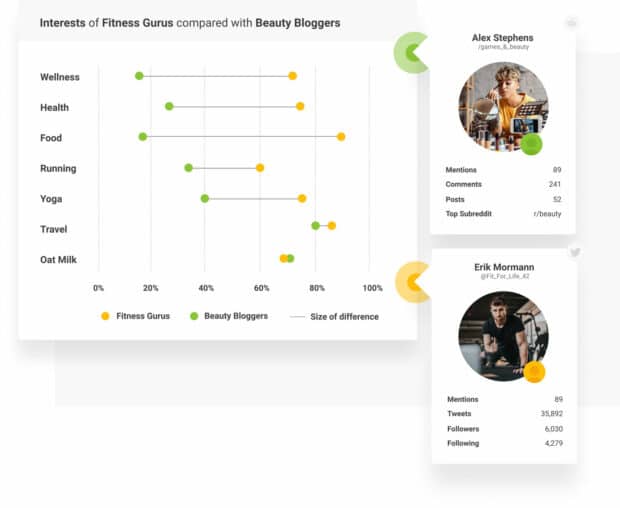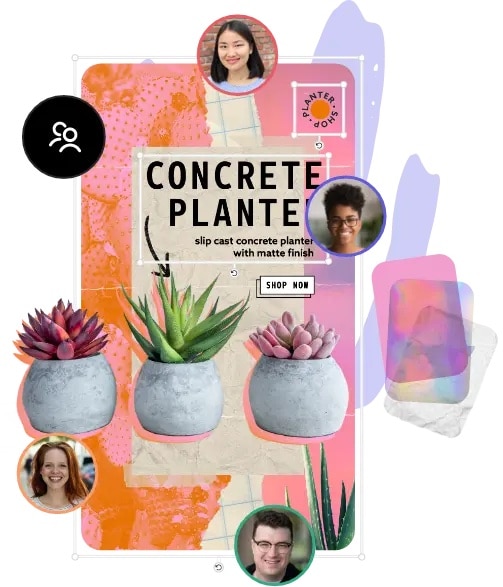Shoppable Content: How to Get Started And Make Money in 2023
In the last decade, shopping has changed for the better. Social commerce, with features like shoppable content, is about a thousand times more enjoyable than stuffy department stores — which is why we expect the popularity of shoppable content to continue growing.
Ecommerce as a whole is projected to make up close to a quarter of total global retail sales by 2026. So, if you’re not creating shoppable content on social media platforms, we’re here to tell you that you should be.
In this article, we’ll walk you through what shoppable content is, why retailers and shoppers love it, and why you will too. Then, we’ll show you some IRL examples and highlight our recommended shoppable content tools.
Ready? Let’s go!
Bonus: Learn how to sell more products on social media with our free Social Commerce 101 guide. Delight your customers and improve conversion rates.
What is shoppable content?
Shoppable content is any sort of digital content that you can click on to make a purchase. Popular types of shoppable content include social posts, videos, blogs, and ads.
Some shoppable content allows you to make a purchase without leaving the platform it’s hosted on. This is called social shopping. Instagram and TikTok are among the most popular social shopping platforms. Sometimes, though, clicking on a piece of shoppable content will make you leave the platform to complete your purchase off-site: on a website or in an online store.
5 benefits of shoppable content
There are plenty of reasons to love shoppable content. The main benefit is it helps you monetize your socials, site, or blog by giving readers the opportunity to easily purchase your products or ones you recommend.
Shoppable content can also save your audience time and hassle. For brands looking to improve their customer experience and build a solid base of advocates, shoppable content is a clever tactic. Give people what they want, make it easy to get, and they will love you for it!
Here are a few reasons why you should be using shoppable content.
1. Close sales fast
Shoppable content has a shorter sales cycle and allows for a more streamlined customer journey than traditional ecommerce tactics. You can give buyers what they want, when they want it.
The longer and more complex the path from discovery to conversion, the more likely you’ll lose your sale. So, making it short and simple is one surefire way to increase sales.
Plus, apps that are designed for shoppable content practically do the work for you. For example, the Instagram Shop tab is dedicated to getting brands and products discovered by target audiences.
2. Target consumers in browsing-mode
When people are navigating platforms like Instagram, they’re typically in an open, receptive mood.
Plus, many people are happy to be advertised to on these platforms. In a survey by Instagram, nearly 50% of people said they shop on the platform weekly.
3. Get in-depth data
With shoppable posts, you have the added benefit of gaining data from the platform your post was on. For example, if you have a shoppable Instagram post, you can view how that post shapes up next to your organic posts in terms of reach and engagement.
Want to learn more about your audience insights and performance on social media? Check out Hootsuite. With Hootsuite you can get a 360-degree view of your results on all social networks from a single place.
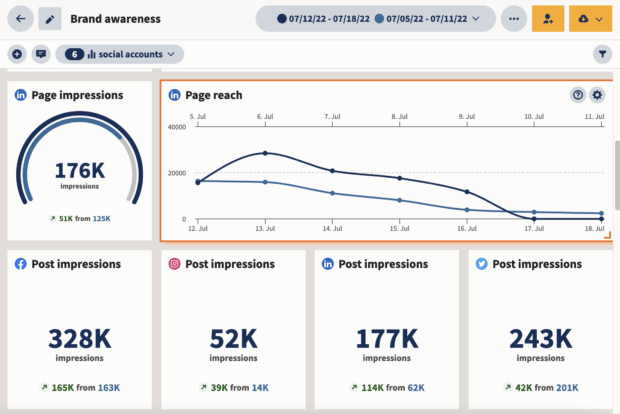
4. Better content = better conversion rates
In many ways, content is king of the ecommerce world. The better your product imagery is, the more enticing it is to buy.
This is partly because you can show the ideal life consumers could live if they bought your product. Of course, one sure way to do so is through beautiful imagery and sleek video. Pair it with a song that inspires the vibe you’re after and boom! Conversion gold.
5. Collect social proof
If you’re using shoppable content on social media, you have the option of using an influencer, affiliate, or brand ambassador program to show off your goods. When people see real people using and recommending a product, they trust it that much more.
Plus, shoppable content on social media has the added benefit of a comments section. Encourage users to leave comments so others can see that your product is legit.
Learn more about using social media for affiliate marketing.
Shoppable content examples
Now that you’re convinced shoppable content should be the cornerstone of your social commerce strategy, it’s time to figure out how to create shoppable content. Here are some shoppable content examples of what other brands have done.
Instagram shoppable content: Asos
On Instagram, the brand ASOS has taken advantage of the tagged product feature in many of its posts. This smart marketing strategy doesn’t only fuel sales — I also helps Instagram users see how the products look styled and in use.
While the checkout within the app feature is only available to certain US-based merchants, you can still allow users to browse your shoppable content on Instagram.
Source: Asos on Instagram
Here’s how to dramatically improve your Instagram shopping tactics.
Facebook shoppable content: Lululemon
Lululemon’s taken advantage of Facebook Shops, allowing you to browse their products on the app.
With Lulu’s Facebook Shop, however, you do have to leave the platform to check out. But, you can see right on Facebook whether or not the items come in the size and color you’re after.
Source: Lululemon on Facebook
Here’s how to set up your own Facebook Shop.
Shoppable video content: Aerie
Fashion brand Aerie used shoppable YouTube video content to drive Spring sales. They saw a 25% increase in ROI from the year previously. And, they had nine times more conversions than their past tactics.
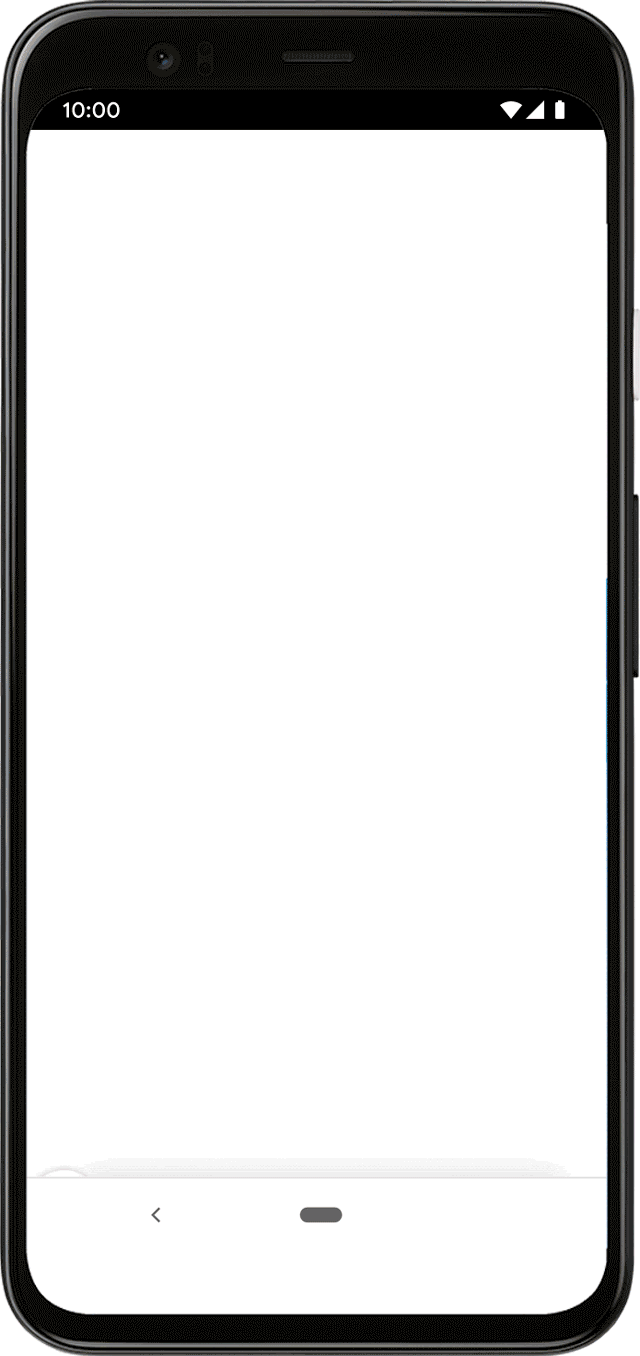
Source: Google’s Ads & Commerce Blog
Shoppable articles: Marks & Spencer
Marks & Spencer have an editorial-style blog where they write articles integrated with shoppable content.
This has the added advantage of keyword integration. Marks & Spencer are publishing SEO-rich content alongside their shoppable content, making it easier for their products to be discovered through search engines like Google.
Source: Marks and Spencer’s Style Blog
Pinterest shoppable content: Levi’s
One of the greatest things about Pinterest is that people often use it to search for products and to find inspiration. For fashion brands like Levi’s, Pinterest gives the opportunity to showcase their products in use to an audience actively looking to buy.
Source: Levi’s on Pinterest
Take a look at all of the awesome Pinterest shopping features you can access.
8 tools for creating shoppable content
What separates good shoppable commerce from the great? A stacked toolbox. Here are 8 shoppable content tools we know, love, and trust.
Bonus: Learn how to sell more products on social media with our free Social Commerce 101 guide. Delight your customers and improve conversion rates.
Get the guide now!1. Hootsuite
Yes, it’s obvious we love Hootsuite, but it’s for good reason. You can use Hootsuite to schedule and publish shoppable Instagram posts, saving you time and headaches.
Plus, every Hootsuite plan comes with access to Hootsuite Analytics and the Best Time to Publish feature, helping you monitor and refine your strategy.
Find out how to add products to Instagram posts using Hootsuite.
2. Brandwatch
Brandwatch provides you with data that can help you better understand what your audience is looking for. When you know your audience’s interests, you can better tailor your shoppable content to catch their attention.
Brandwatch is able to integrate with Hootsuite, too.
Source: Brandwatch
3. Heyday
If you’re selling on social media, chances are you’re going to get customer service requests and need to answer FAQs. You can automate all of the heavy lifting that goes into answering customer inquiries and improve your shopping experience at the same time. You just need a great social media chatbot.
Heyday is our top pick for a conversational ai chatbot for retailers. It integrates with Facebook, Instagram, Messenger, WhatsApp, and retail-specific tools like Shopify. You get to see all of your customer requests, from every channel, all in the same place. Heyday’s single dashboard makes management easy.
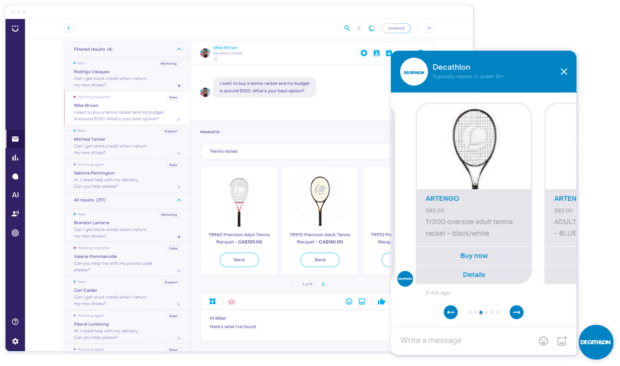
4. Adobe Express
Adobe Express can take your shoppable media to the next level. The app has social-specific templates that make designing your shoppable social media posts easy. When you prioritize visuals, your audience will notice. Adobe Express also has great photo and video editing capabilities.
Source: Adobe Express
5. Brands Collab Manager
Great news for brands and creators that collaborate with influencers for shoppable content! With your Instagram business or creator account, you have access to Facebook’s Brand Collabs Manager.
The Brand Collabs Manager makes it easy for you to find influencers that are compatible with your brand, and vice versa. And the platform makes it easy for you both to collaborate on campaigns.
Save time managing your Instagram presence using Hootsuite. From a single dashboard you can integrate your social networks with your Shopify store, add products to social posts, and respond to comments with product suggestions. Try it free today.
Turn your Shopify store visitors into customers with Heyday, our easy-to-use AI chatbot app for retailers.
Try it FreeThe post Shoppable Content: How to Get Started And Make Money in 2023 appeared first on Social Media Marketing & Management Dashboard.
Categories
- 60% of the time… (1)
- A/B Testing (2)
- Ad placements (3)
- adops (4)
- adops vs sales (5)
- AdParlor 101 (43)
- adx (1)
- algorithm (1)
- Analysis (9)
- Apple (1)
- Audience (1)
- Augmented Reality (1)
- authenticity (1)
- Automation (1)
- Back to School (1)
- best practices (2)
- brand voice (1)
- branding (1)
- Build a Blog Community (12)
- Case Study (3)
- celebrate women (1)
- certification (1)
- Collections (1)
- Community (1)
- Conference News (1)
- conferences (1)
- content (1)
- content curation (1)
- content marketing (1)
- contests (1)
- Conversion Lift Test (1)
- Conversion testing (1)
- cost control (2)
- Creative (6)
- crisis (1)
- Curation (1)
- Custom Audience Targeting (4)
- Digital Advertising (2)
- Digital Marketing (6)
- DPA (1)
- Dynamic Ad Creative (1)
- dynamic product ads (1)
- E-Commerce (1)
- eCommerce (2)
- Ecosystem (1)
- email marketing (3)
- employee advocacy program (1)
- employee advocates (1)
- engineers (1)
- event marketing (1)
- event marketing strategy (1)
- events (1)
- Experiments (21)
- F8 (2)
- Facebook (64)
- Facebook Ad Split Testing (1)
- facebook ads (18)
- Facebook Ads How To (1)
- Facebook Advertising (30)
- Facebook Audience Network (1)
- Facebook Creative Platform Partners (1)
- facebook marketing (1)
- Facebook Marketing Partners (2)
- Facebook Optimizations (1)
- Facebook Posts (1)
- facebook stories (1)
- Facebook Updates (2)
- Facebook Video Ads (1)
- Facebook Watch (1)
- fbf (11)
- first impression takeover (5)
- fito (5)
- Fluent (1)
- Get Started With Wix Blog (1)
- Google (9)
- Google Ad Products (5)
- Google Analytics (1)
- Guest Post (1)
- Guides (32)
- Halloween (1)
- holiday marketing (1)
- Holiday Season Advertising (7)
- Holiday Shopping Season (4)
- Holiday Video Ads (1)
- holidays (4)
- Hootsuite How-To (3)
- Hootsuite Life (1)
- how to (5)
- How to get Instagram followers (1)
- How to get more Instagram followers (1)
- i don't understand a single thing he is or has been saying (1)
- if you need any proof that we're all just making it up (2)
- Incrementality (1)
- influencer marketing (1)
- Infographic (1)
- Instagram (39)
- Instagram Ads (11)
- Instagram advertising (8)
- Instagram best practices (1)
- Instagram followers (1)
- Instagram Partner (1)
- Instagram Stories (2)
- Instagram tips (1)
- Instagram Video Ads (2)
- invite (1)
- Landing Page (1)
- link shorteners (1)
- LinkedIn (22)
- LinkedIn Ads (2)
- LinkedIn Advertising (2)
- LinkedIn Stats (1)
- LinkedIn Targeting (5)
- Linkedin Usage (1)
- List (1)
- listening (2)
- Lists (3)
- Livestreaming (1)
- look no further than the new yorker store (2)
- lunch (1)
- Mac (1)
- macOS (1)
- Marketing to Millennials (2)
- mental health (1)
- metaverse (1)
- Mobile App Marketing (3)
- Monetizing Pinterest (2)
- Monetizing Social Media (2)
- Monthly Updates (10)
- Mothers Day (1)
- movies for social media managers (1)
- new releases (11)
- News (74)
- News & Events (13)
- no one knows what they're doing (2)
- OnlineShopping (2)
- or ari paparo (1)
- owly shortener (1)
- Paid Media (2)
- People-Based Marketing (3)
- performance marketing (5)
- Pinterest (34)
- Pinterest Ads (11)
- Pinterest Advertising (8)
- Pinterest how to (1)
- Pinterest Tag helper (5)
- Pinterest Targeting (6)
- platform health (1)
- Platform Updates (8)
- Press Release (2)
- product catalog (1)
- Productivity (10)
- Programmatic (3)
- quick work (1)
- Reddit (3)
- Reporting (1)
- Resources (34)
- ROI (1)
- rules (1)
- Seamless shopping (1)
- share of voice (1)
- Shoppable ads (4)
- Skills (28)
- SMB (1)
- SnapChat (28)
- SnapChat Ads (8)
- SnapChat Advertising (5)
- Social (168)
- social ads (1)
- Social Advertising (14)
- social customer service (1)
- Social Fresh Tips (1)
- Social Media (5)
- social media automation (1)
- social media content calendar (1)
- social media for events (1)
- social media management (2)
- Social Media Marketing (49)
- social media monitoring (1)
- Social Media News (4)
- social media statistics (1)
- social media tracking in google analytics (1)
- social media tutorial (2)
- Social Toolkit Podcast (1)
- Social Video (5)
- stories (1)
- Strategy (618)
- terms (1)
- Testing (2)
- there are times ive found myself talking to ari and even though none of the words he is using are new to me (1)
- they've done studies (1)
- this is also true of anytime i have to talk to developers (1)
- tiktok (8)
- tools (1)
- Topics & Trends (3)
- Trend (12)
- Twitter (15)
- Twitter Ads (5)
- Twitter Advertising (4)
- Uncategorised (9)
- Uncategorized (13)
- url shortener (1)
- url shorteners (1)
- vendor (2)
- video (10)
- Video Ads (7)
- Video Advertising (8)
- virtual conference (1)
- we're all just throwing mountains of shit at the wall and hoping the parts that stick don't smell too bad (2)
- web3 (1)
- where you can buy a baby onesie of a dog asking god for his testicles on it (2)
- yes i understand VAST and VPAID (1)
- yes that's the extent of the things i understand (1)
- YouTube (13)
- YouTube Ads (4)
- YouTube Advertising (9)
- YouTube Video Advertising (5)


